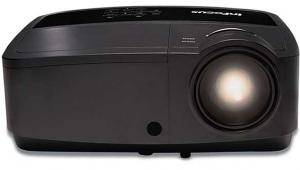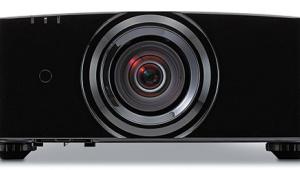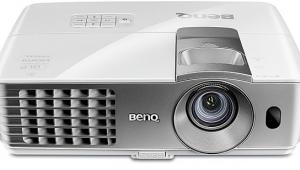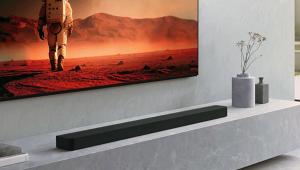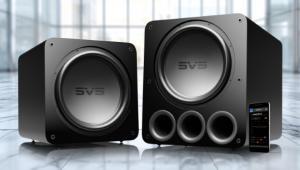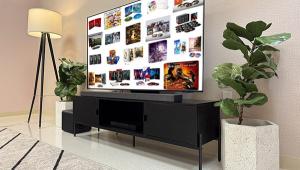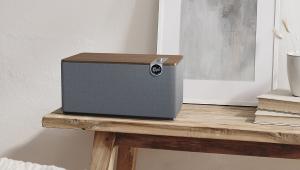BenQ W7000 3D DLP Projector HT Labs Measures
Full-On/Full-Off Contrast Ratio: 1,800:1
All of the measurements were taken with the projector in the User 1 preset with the lamp in Economic mode. The gamma correction preset was selected as 2.2. All of the calibration was done with the DynamicBlack auto iris setting in Off, but the contrast ratio measurements were done with both settings, as noted. The lamp had 25 hours on it during the calibration. All viewing and measurements were done on a 120-inch (diagonal) Stewart StudioTek 130 screen (1.3 gain), and all the measurements here are for 2D operation.
The full-on/full-off contrast was measured with a Minolta T-10 meter 9 inches away from the lens face. I tested various configurations in both Normal and Economic lamp mode with the DynamicBlack setting both on and off.

The W7000 achieved its highest contrast ratios with DynamicBlack on, resulting in a contrast ratio of 1,800:1. This is quite low for a DLP projector. With the DynamicBlack control off, the projector’s native resolution was about 650:1, which is the lowest native contrast I’ve measured for a DLP. This could be a result of using a DC2 chip, but it could also be due to reflections within the chassis or lens or issues with the iris placement within the light path. All of the measurements were done at mid-throw, so contrast levels will vary depending on the distance of the projector to the screen. The W7000’s iris cannot be controlled manually, so you can’t further enhance the projector’s performance in this regard.
The RGB tables were captured from our calibration workflow in CalMAN Version 4.5. As you can see from the results, with the projector in the Warm color temperature preset, the out-of-box RGB tracking was off quite a bit. Using the Color Temperature Fine Adjustments settings in the User 1 profile, I was able to get the RGB balance much lower and well below a Delta E of 3.

The W7000 doesn’t have any preset color modes, and the color gamut was just outside the BT. 709 (Rec. 709) HD color gamut, with some hue errors and out-of-balance luminance levels. Using the built-in CMS resulted in improved color accuracy, with all the luminance values for the primaries coming in below a Delta E of 3 and the hues for the secondaries lining up a bit better as well. There’s still some room for improvement, and there are some issues with the built-in CMS, but overall the accuracy wasn’t bad.

Gamma tracking with the preset gamma setting to 2.2 averaged closer to a 2.1 overall gamma curve. (There’s no reference gamma curve because gamma is a function of the brightness of white at each IRE compared to 100 IRE, and the appropriate gamma curve depends on the room you’re viewing in and the contrast capabilities of your projector.)—KRD


